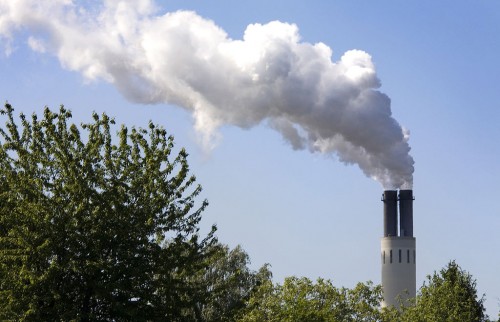Photo Credit: Jorge Royan
The United States Supreme Court is currently (December, 2006) debating the question, “Is carbon dioxide an atmospheric pollutant?” This lesson provides middle school students with an opportunity to learn about and discuss rising carbon dioxide levels in the atmosphere, which may drastically change their lives in the future. A panel discussion with two-three adults is used to engage students in a discussion about the Supreme Court case. Adults help to share as much information as possible about the issue with students to help them form their own – unbiased opinion on the matter.
At the conclusion of this lesson, students will be able to:
- Define what carbon dioxide (CO2) is
- State why concentration of CO2 is rising in the atmosphere
- Understand how CO2 in the atmosphere will cause rapid climate change
- Understand that rising CO2 increases growth among many plant species
- Identify ways to remove CO2 from the atmosphere
- Define air pollutant based on the definition set forth in the Clean Air Act
- Use the data collected by science to make an educated argument regarding the question of, “Is CO2 an atmospheric pollutant?”
- Identify ways that they can personally limit the amount of CO2 released to the atmosphere
Resources:
Lesson created by Brook Wilke, 2006













